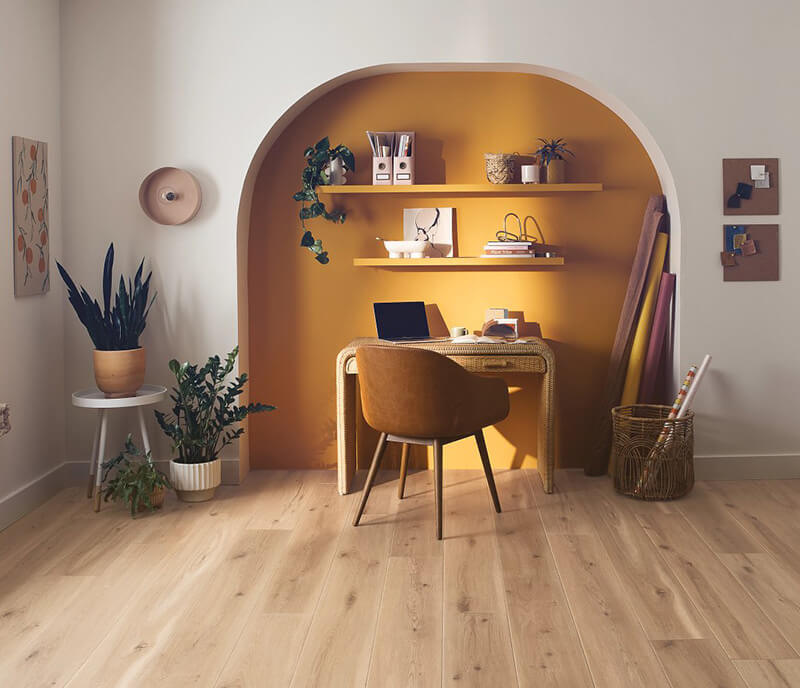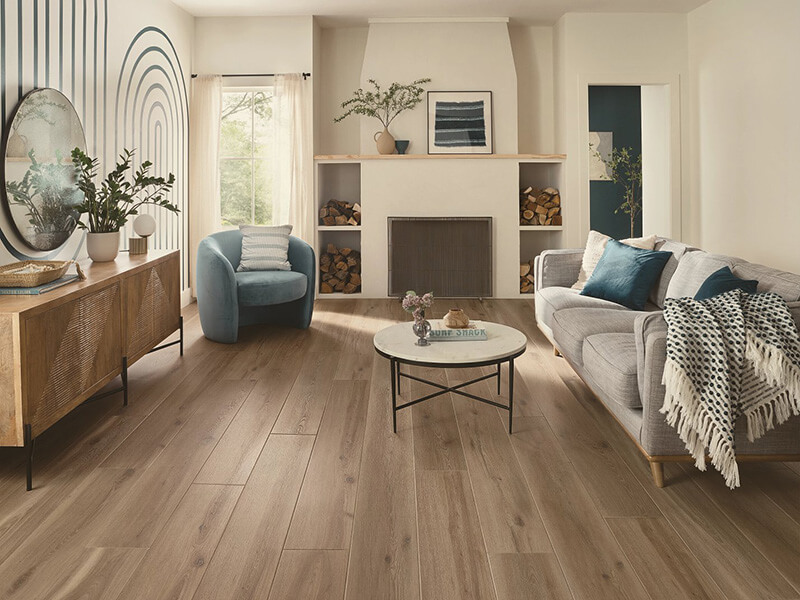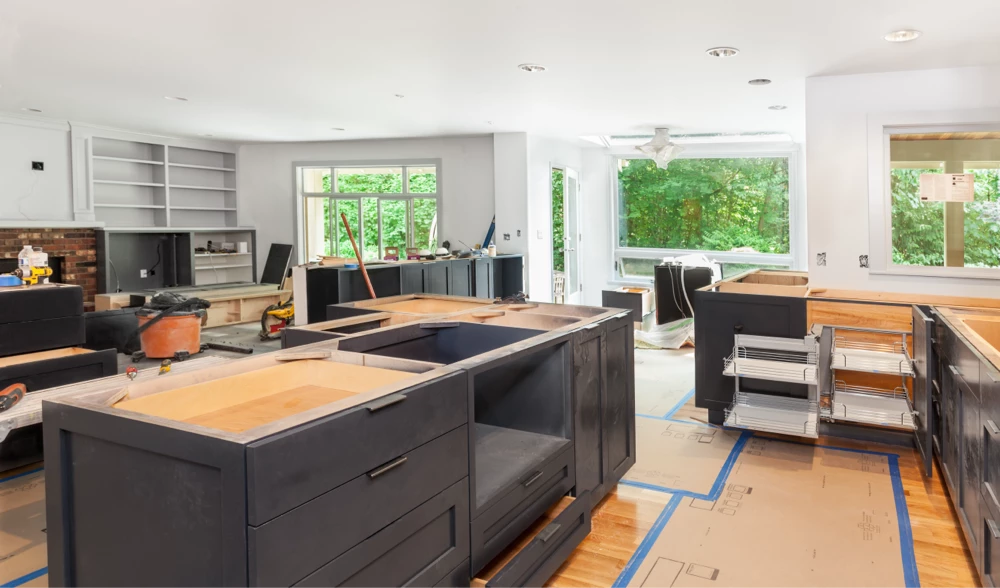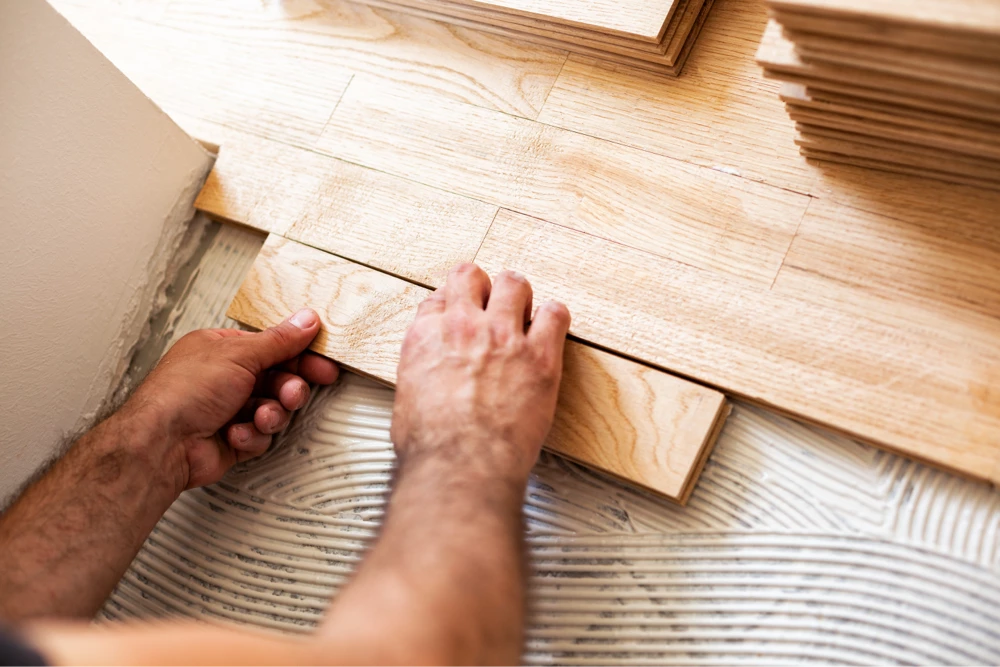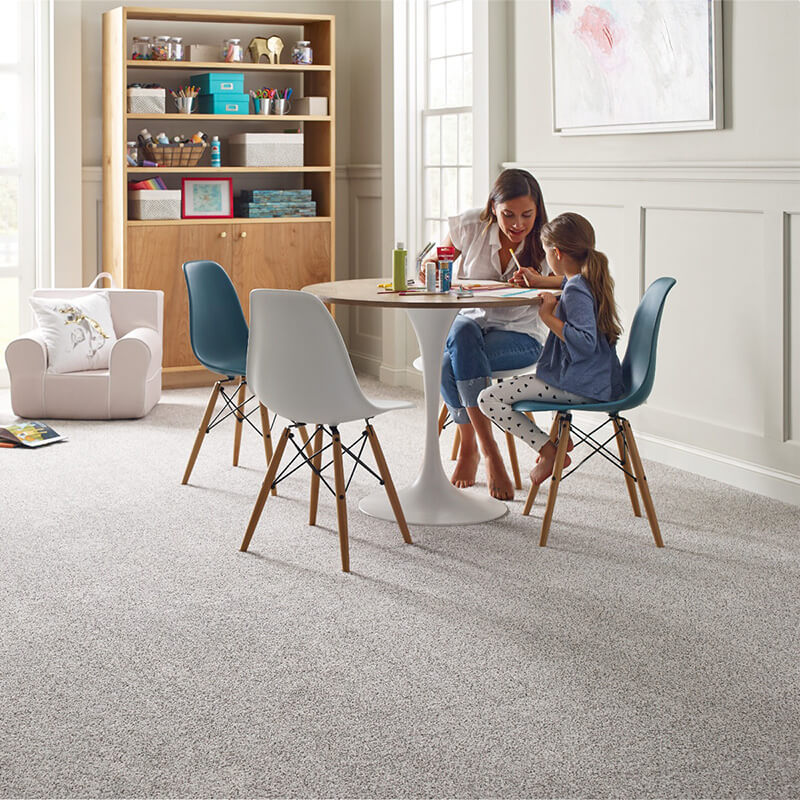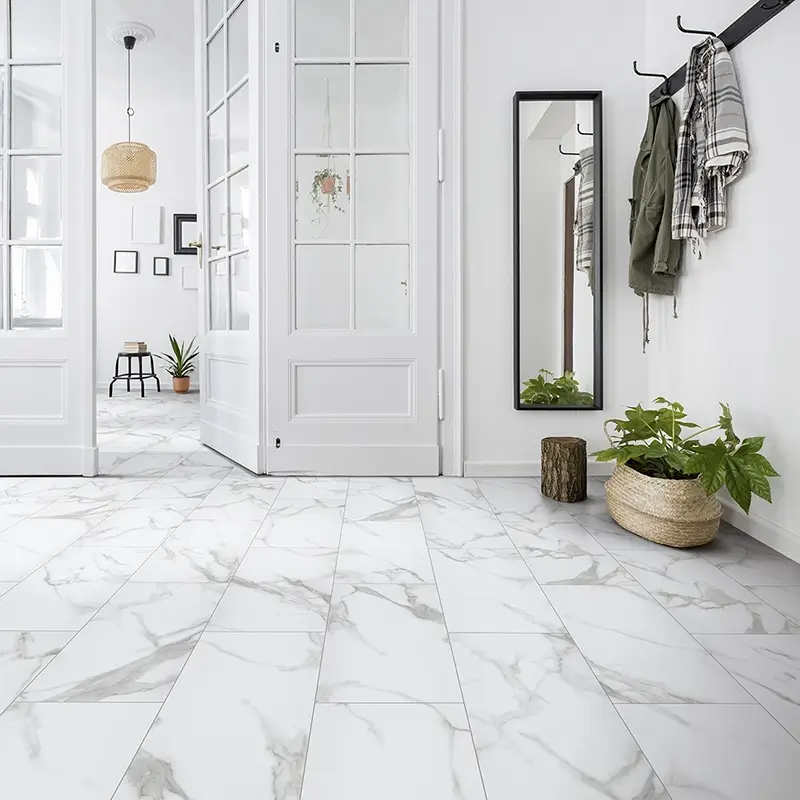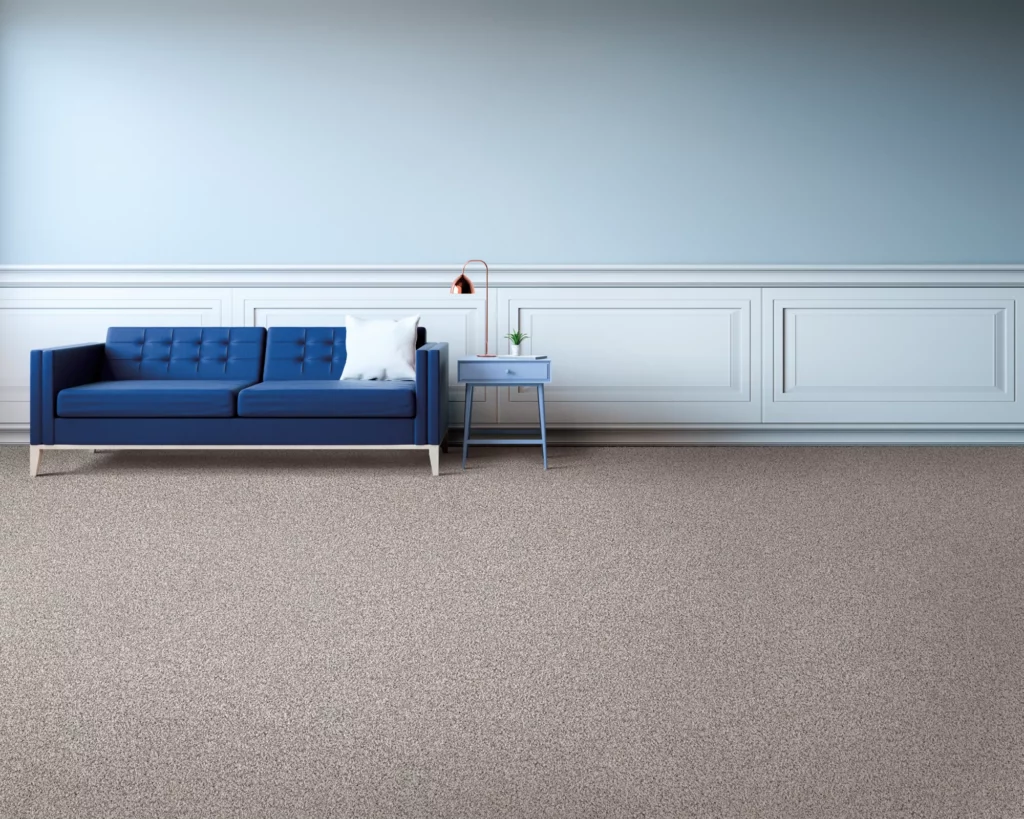How Humidity Impacts Flooring and What You Can Do About It
Humidity can be hard on floors. Whether it’s from daily showers, cooking steam, or moisture buildup in the basement, excess humidity has the potential to affect the way flooring performs over time. Certain materials are more sensitive to environmental changes than others. Knowing how humidity interacts with various flooring materials,…
Read More




